In summer, the purpose of an air conditioner is to achieve the best comfort and air quality in your home for the best price.
Everybody has a different opinion, so we’ll examine different factors to find the optimal temperature settings for your home.

Aspects to Consider
Consider these three aspects and outcomes when you set your thermostat:
- Energy efficiency
- Personal comfort
- Health and indoor air quality
We’ll cover these aspects in more depth before answering the main question.
Energy Efficiency
When considering energy efficiency, a good rule of thumb is to keep the difference between outside and inside temperatures as small as possible. The greater the temperature difference, the faster the heat transfer occurs.
The EPA recommends a temperature setting of 78°F, resulting in around 10% savings on your energy bill. Although this may seem a little warm for some, it does fall into the upper comfort range for humans.
Personal Comfort
Personal comfort is the reason you installed your air conditioner. So what is the most comfortable temperature? That answer is a little more complicated because relative humidity is a vital aspect of comfort.
Air conditioners do lower humidity, but only as a side effect of the cooling process. The ideal relative humidity is between 40% and 60%. (Some sources put the upper comfort level at 55%).
A temperature of 82.5°F at a relative humidity of 40% gives you a real feel temperature of 76°F. The American Society for Heating, Refrigerating, and Air Conditioning Engineers (ASHRAE) standard 55-2017 states that the comfortable indoor temperature range is between 67 and 82°F.
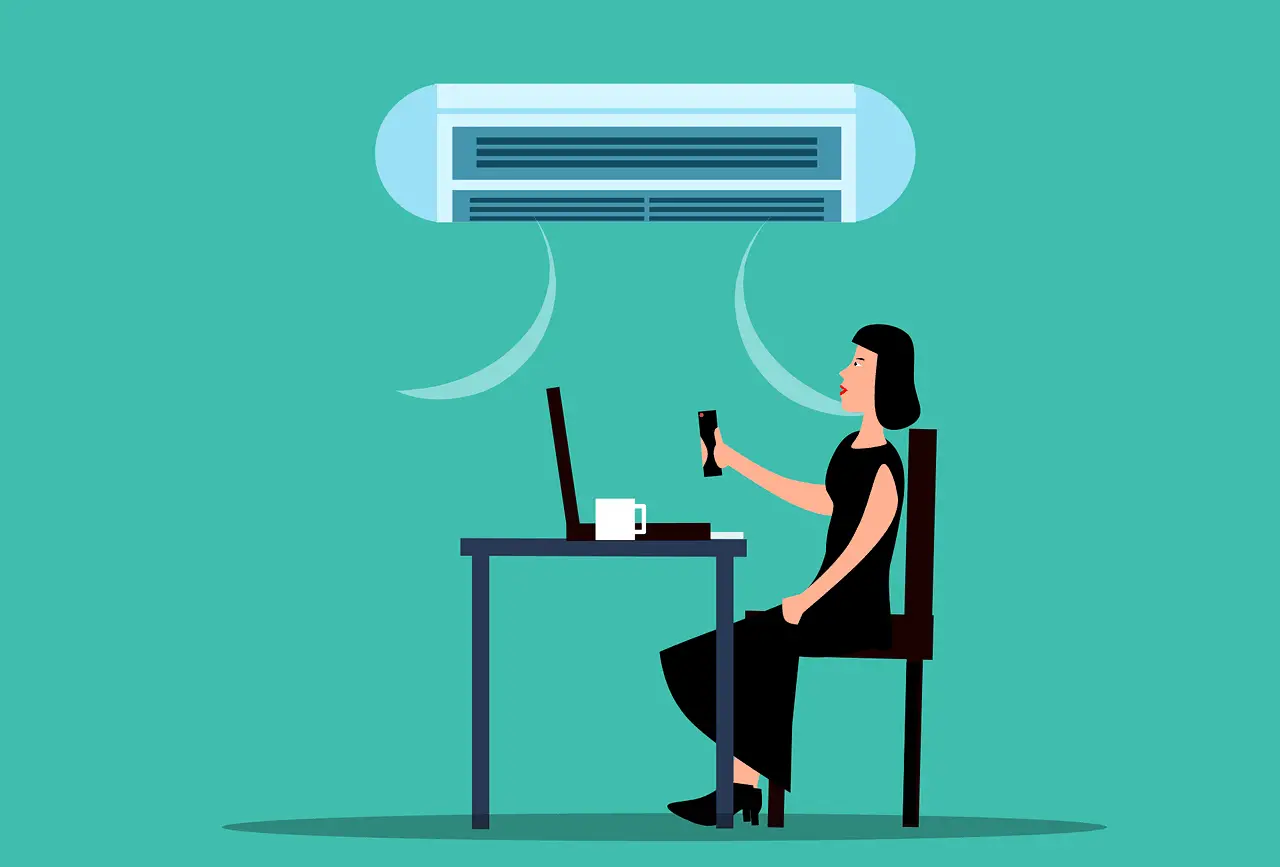
Climate, as well as the number and activity level of occupants in a room, influence the temperature range. Below is a table detailing outside temperature vs. recommended inside dry bulb temperature and real feel temperature.
|
Outside Dry Bulb Temperature °F |
Inside Dry Bulb Temperature °F |
Relative Humidity % |
Effective (Real Feel) Temperature |
|---|---|---|---|
|
100 |
82.5 |
40 |
76 |
|
90 |
79.5 |
40 |
73.6 |
|
80 |
76.7 |
40 |
71.3 |
|
70 |
74 |
40 |
69 |
Health and Indoor Air Quality
Another compelling reason for running an air conditioner in summer is your health and air quality. Indoor humidity is an essential aspect to consider here; ASHRAE Standard 62.1-2016 recommends that relative humidity indoors be kept below 65% to prevent microbial growth.
The EPA recommends indoor humidity levels to be maintained at between 30–50%. You need to set your air conditioner to a temperature that achieves comfortable humidity levels to avoid the growth of fungi and mold in your home.
Even when it isn’t visible, mold affects the respiratory tract. Older people and very young children feel the effects of this more than healthy adults, but it also has long-term effects on the lungs.
Another reason to keep indoor humidity at optimal levels is the effect on breathing and asthma. If the humidity is too high, people have difficulty breathing. Relative humidity below 20% results in dry skin, itchy eyes, and the spread of respiratory infections like COVID-19, cold, and flu.
Low humidity levels usually occur during winter, but make sure to keep the humidity around 40% if you use a dehumidifier.
Ventilation is the last aspect to look at regarding indoor air quality. Avoid recirculating indoor air too much as this allows contaminants to build up. For example, the average person expels 0.02 m3 of CO2 per hour at rest.
Also, consider ventilating bathrooms when you shower or bathe to expel the resultant humid air. Cleaning or changing the filters on your air conditioner monthly alleviates some contamination issues, and has the added benefit of improving efficiency.
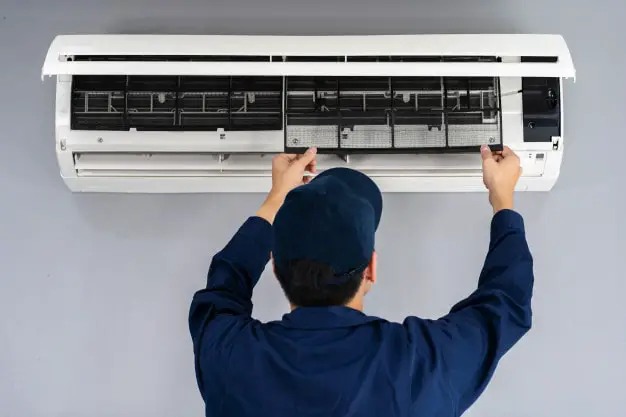
What Temperature Should I Set My Air Conditioner in Summer?
We’ve covered the considerations to keep in mind as we proceed. Now we’ll try to determine the best temperature ranges to set your AC to during the summer. The aim is to find the best balance between economy, comfort, and health.
You’ll still have to use some discretion with the baseline temperature settings, taking climate, occupancy, and activity into account. We’ll discuss a few more of these factors and then move on to generic settings, which you can adjust to account for these factors.
Climate
Climate includes factors such as humidity, rainfall, wind, and temperature. The outside temperatures and humidity directly affect the best temperature setting for your air conditioning.
- Tropical Climate: A tropical climate has high temperatures and humidity. To compensate for the increased humidity, you need to set your air conditioner temperature lower (up to 5°F) to achieve the same effect. If you use a dehumidifier, you can set your temperature higher.
- Arid Climate: A hot, dry climate means you can set your air conditioner temperature higher and still get the health and comfort benefits.
- Mild Climate: There’s no need to adjust for milder oceanic climates.
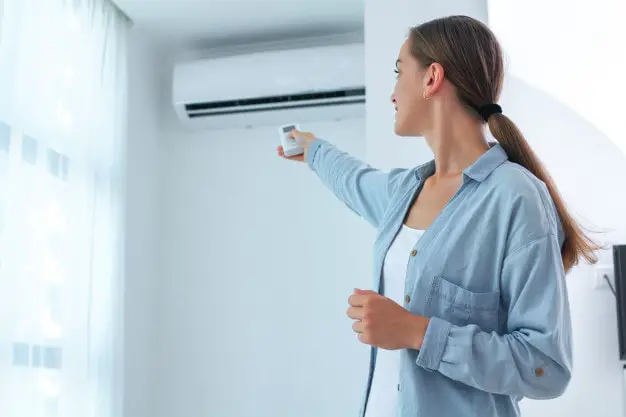
Occupancy
The density of people also plays a role in the temperature settings. Bodies radiate heat and moisture, raising both the temperature and the humidity. Additionally, we exhale carbon dioxide, lowering air quality.
For high occupancy areas, you need to adjust the temperature setting slightly lower. The lower temperature setting helps combat humidity and keeps the fans running, circulating, and venting the air.
Activity
How much activity occurs at home, and what type, influences your temperature settings, as well. We also include running appliances in this category. Washers, dryers, dishwashers, and stoves all contribute to the climatic conditions indoors.
The amount of heat that your body radiates is also related to how strenuous your activity is and how much carbon dioxide you exhale.
For example, architecture professor Shin-ichi Tanabe of Tokyo university found that for every 1.8°F increase in temperature over 77°F in a Tokyo office, workers lost 2% productivity. Headaches, drowsiness, and difficulty concentrating were also noted under these circumstances.
Possible contributing factors here would have been high occupancy, high carbon dioxide concentrations, and high humidity.
Baseline Settings
Here we suggest baseline settings for your air conditioner in the summer. Use these as a guide and adjust them to meet your comfort and economic needs. Add a dehumidifier to your home. You will find that you can adjust the thermostat to a higher temperature and still enjoy comfort.
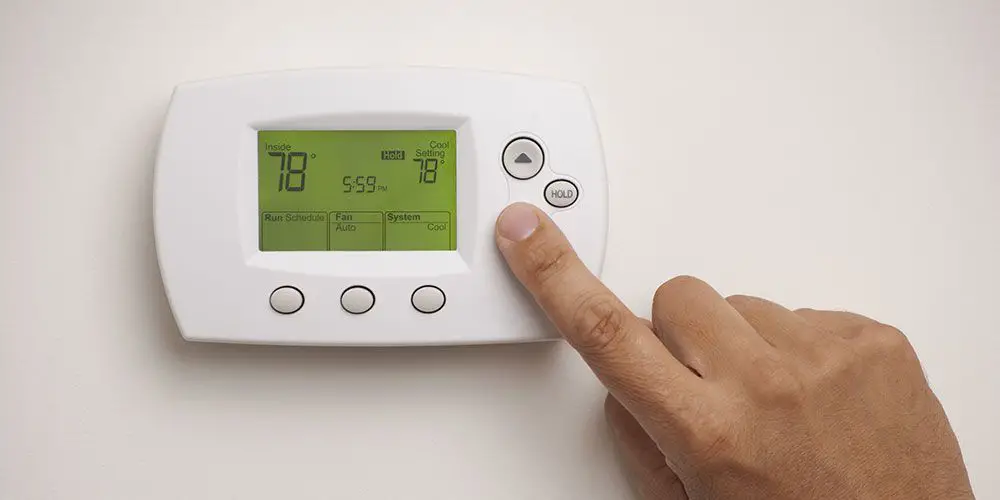
- The temperature when you’re home should be 77–78°F at 40% relative humidity. (Real feel of 72°F).
- The temperature when you’re out should be 82–84°F at 40% relative humidity. (around 1.55% savings per degree per hour).
- The temperature when you’re sleeping should be 60–72°F for adults. For babies and the elderly, the temperature should be 66–70°F with a relative humidity of 40%.
You can either make the adjustments manually on your thermostat or purchase a programmable thermostat. If you use a programmable thermostat, you can time it to lower your home’s temperature before you arrive to avoid discomfort.
Do’s and Don’ts / Tips on Running Your AC in Summer
We have gathered a few dos and don’ts together to increase your air conditioner’s efficiency during the summer. A few simple, cost-effective changes can lead to savings on your cooling bill.
Do’s
Here are a few ideas for improving your comfort and health during the summer.
- Consider using a dehumidifier, bringing the real feel temperature down and improving air quality.
- Keep your home well-ventilated, especially at night.
- Vent moist air from bathrooms and kitchens when showering or cooking to reduce humidity.
- Close the curtains on north- and west-facing windows during the day to prevent heat build-up in your home.
- Consider a programmable thermostat to change the temperature settings automatically.
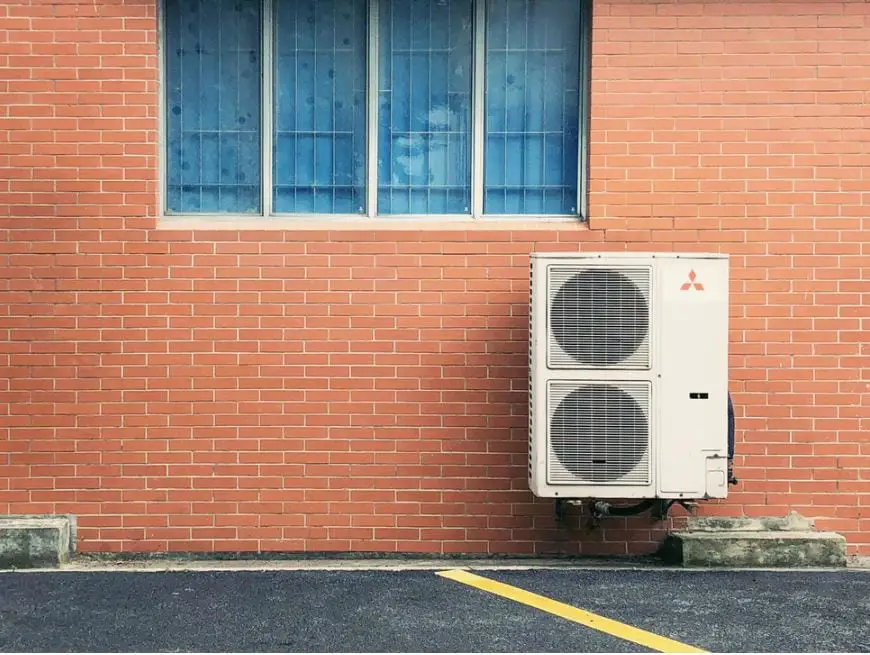
- Look at ways to improve insulation, reducing the cooling load.
- Vent attic spaces to remove warm air from your home.
- Clean your air conditioner’s filters monthly. Your indoor air quality is improved, as is your air conditioner’s efficiency.
- Keep the indoor temperature as close to the outdoor temperature as possible. The natural rate of temperature change is lessened with smaller temperature differences. Instead, control the humidity to achieve the most comfort.
- Seal all the ducts and unnecessary openings to lighten the cooling load.
Don’ts
Some actions that you should avoid, along with some popular myths about your thermostat settings.
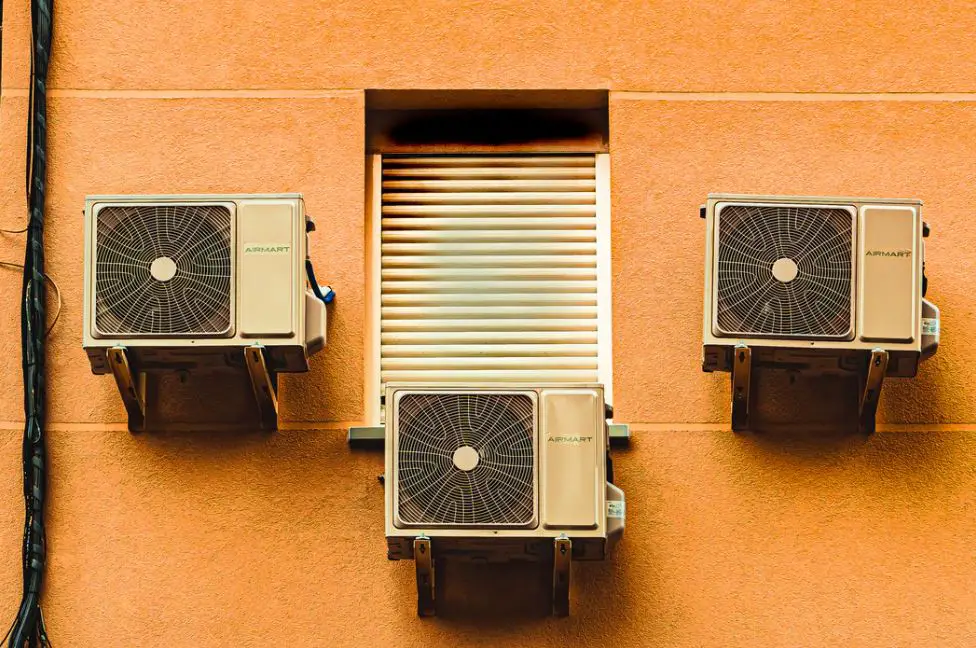
- Don’t set your thermostat too low when you start your air conditioner. You’re not increasing the rate of cooling, only making your air conditioner run longer.
- Avoid running your main fan when the air conditioner’s compressor is off. The fan picks up moisture from the evaporator and distributes it through the house, raising the relative humidity.
- Refrain from opening doors and windows unnecessarily while running the air conditioner.
- Don’t block outside vents, especially from the attic, bathroom, and kitchen.
Conclusion
Air conditioning is about more than cooling your home. Summer comfort and health are about more than setting your thermostat. Control the humidity in your home and take action to avoid or mitigate activities that are detrimental to air quality and comfort in your home. A few simple changes can cut your cooling bill considerably.
People Also Ask
We have tried to answer a few of the questions that people often ask regarding air conditioning in the summer. If you only had a single question to ask, perhaps we’ve answered it here.
72°F is an appropriate setting for sleeping adults, but setting the temperature slightly lower at night gives you better health benefits.
77°F is a better setting for during the day and early evening if you’re home. 74°F could give you a more comfortable indoor air quality in a too-humid climate.
Try a setting between 79–82°F. If you can achieve an indoor relative humidity of 40%. That gives a real feel temperature of between 73–76°F
No. Set the thermostat higher when you’re away to save energy. Set it down to a comfortable temperature when you’re home and set it still lower for a good night’s sleep.
The EPA recommends an indoor humidity of between 30–50%. 40% is the most comfortable, and anything over 65% encourages mold growth.
There could be a few reasons for this.
Low load condition. The return air blowing over the coil is too cold, causing the formation of frost.
Blocked air filters. The airflow is restricted, causing frosting on the coils.
Low refrigerant. If there is insufficient refrigerant in the system, the evaporator coils freeze after the expansion valve.
Different circumstances lead to this as well. A few factors that you can check before calling a technician are:
Check that your fan is set to auto on the thermostat.
Check that your filters are clean.
Check that there are no obstructions to the airflow over the two sets of coils
